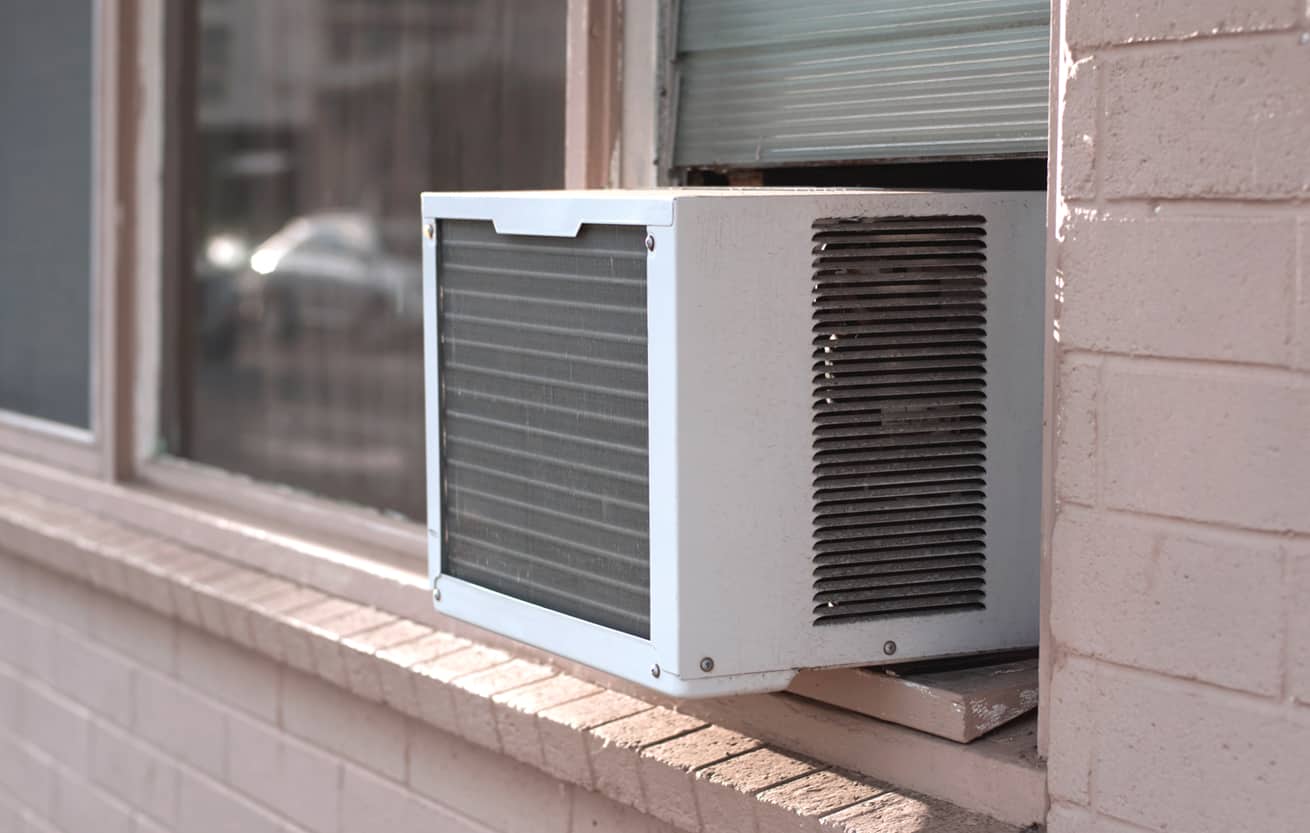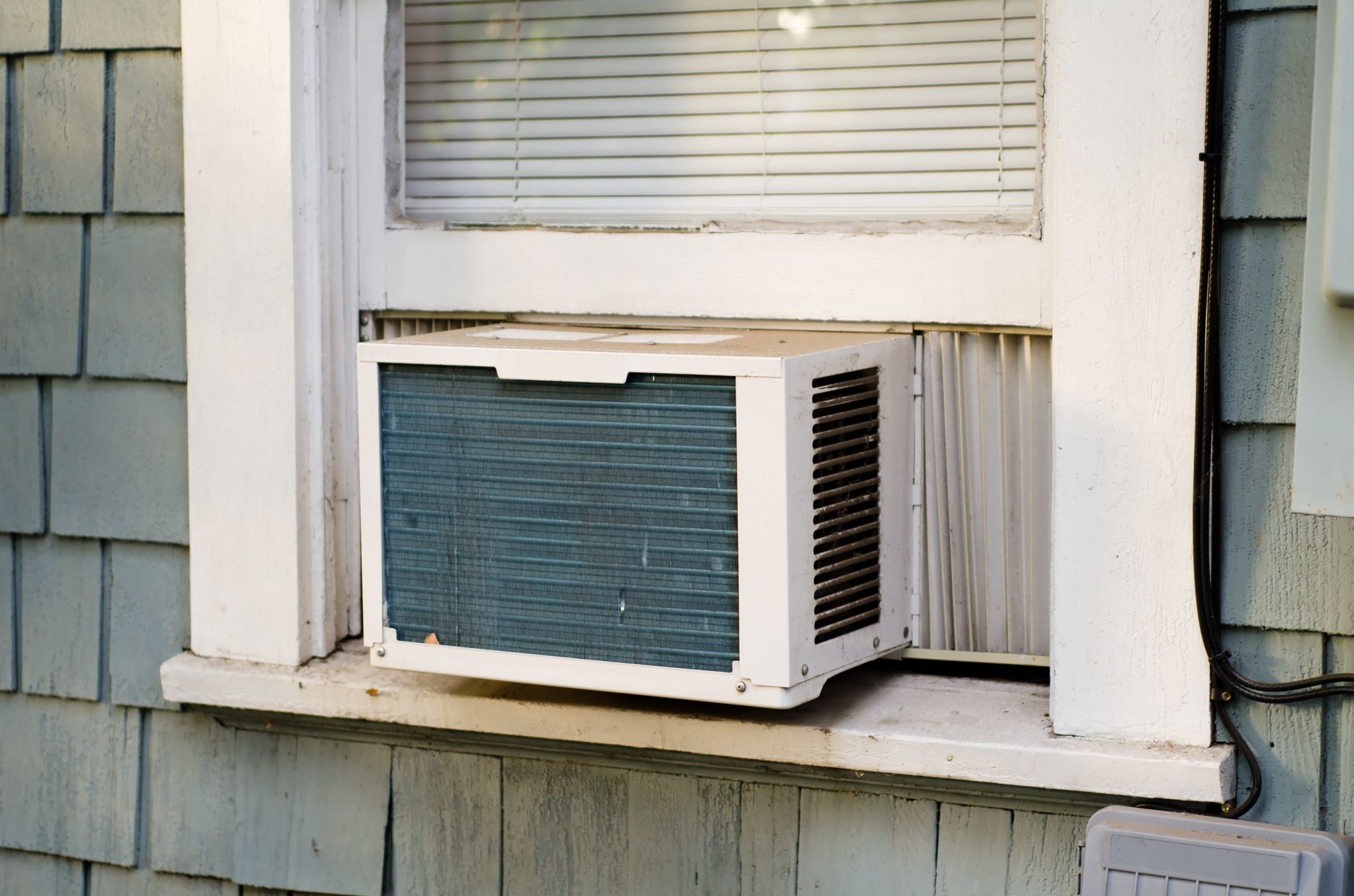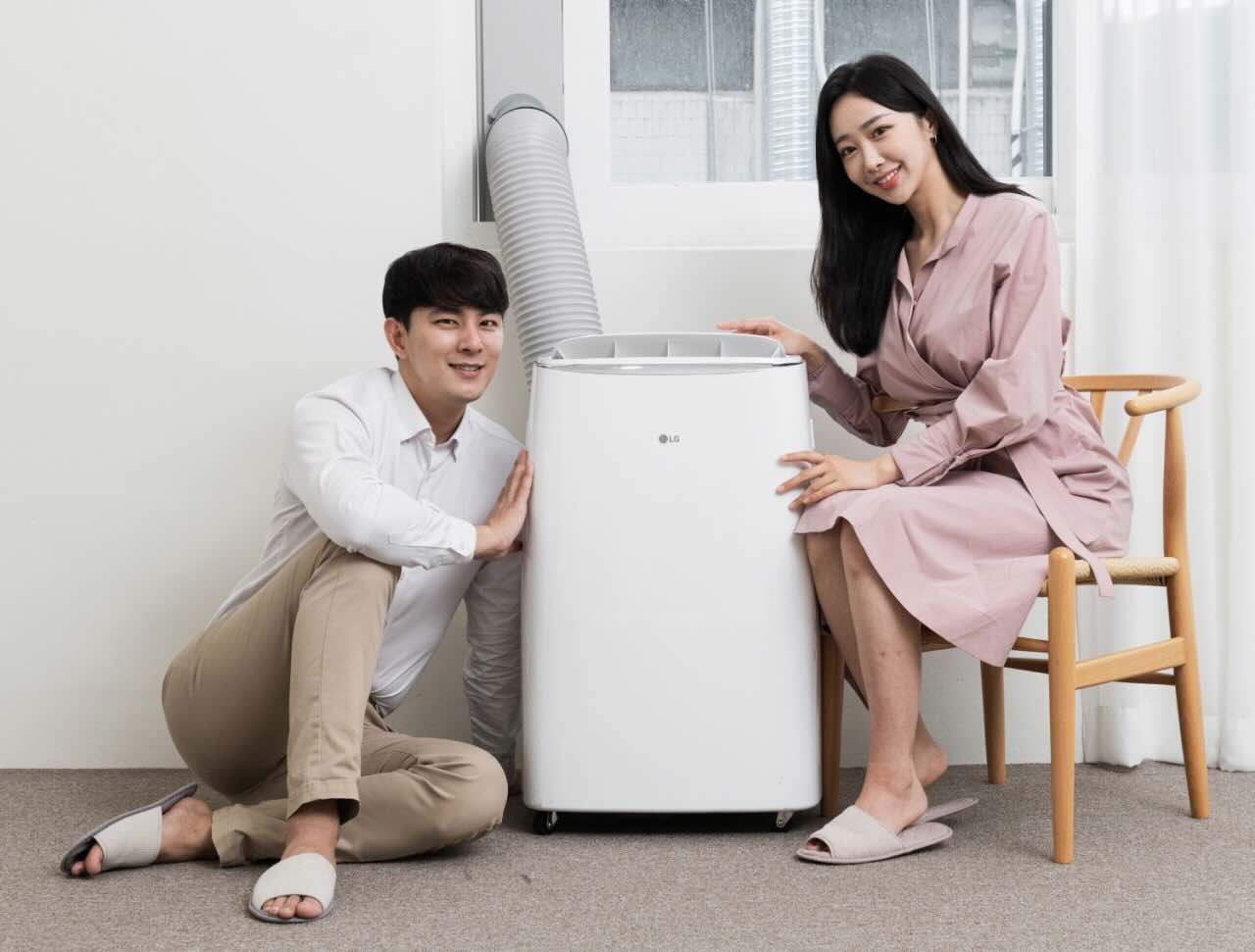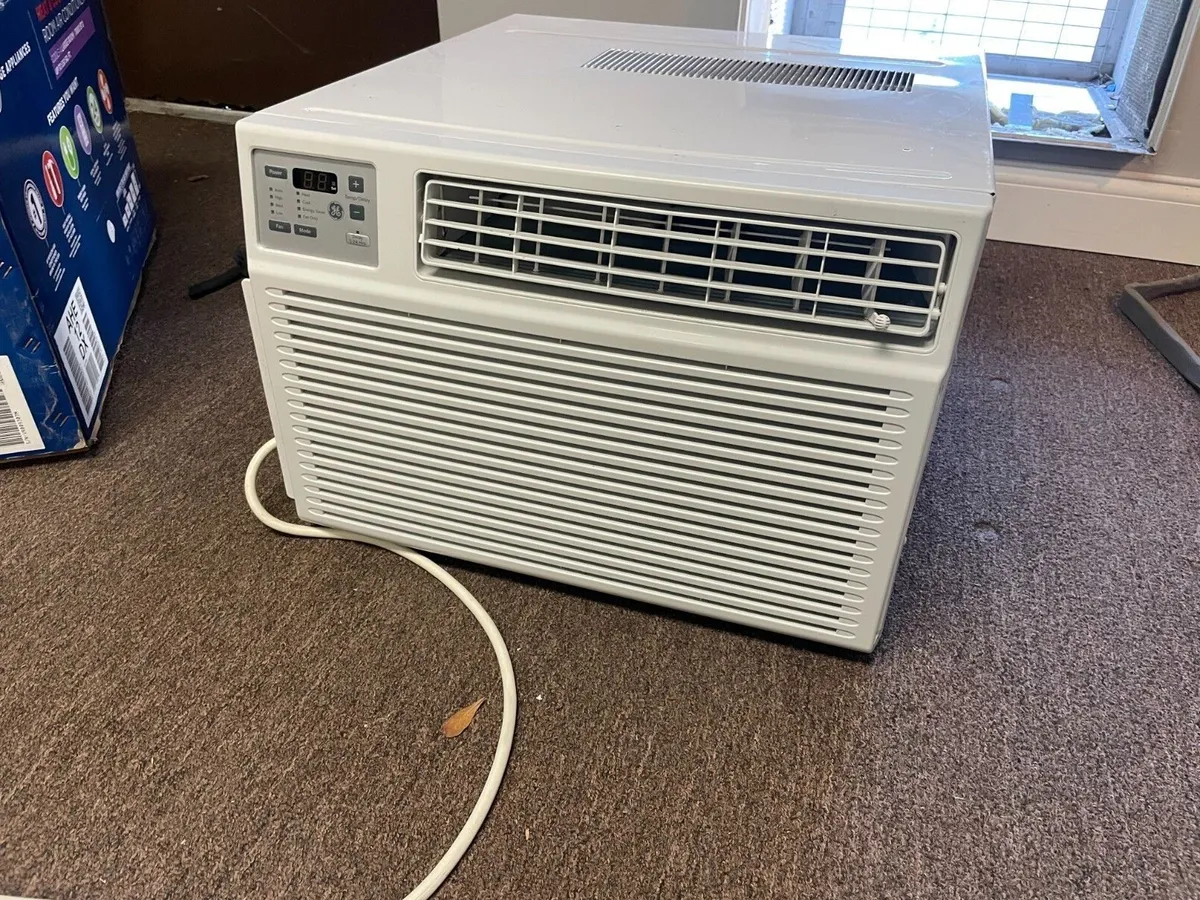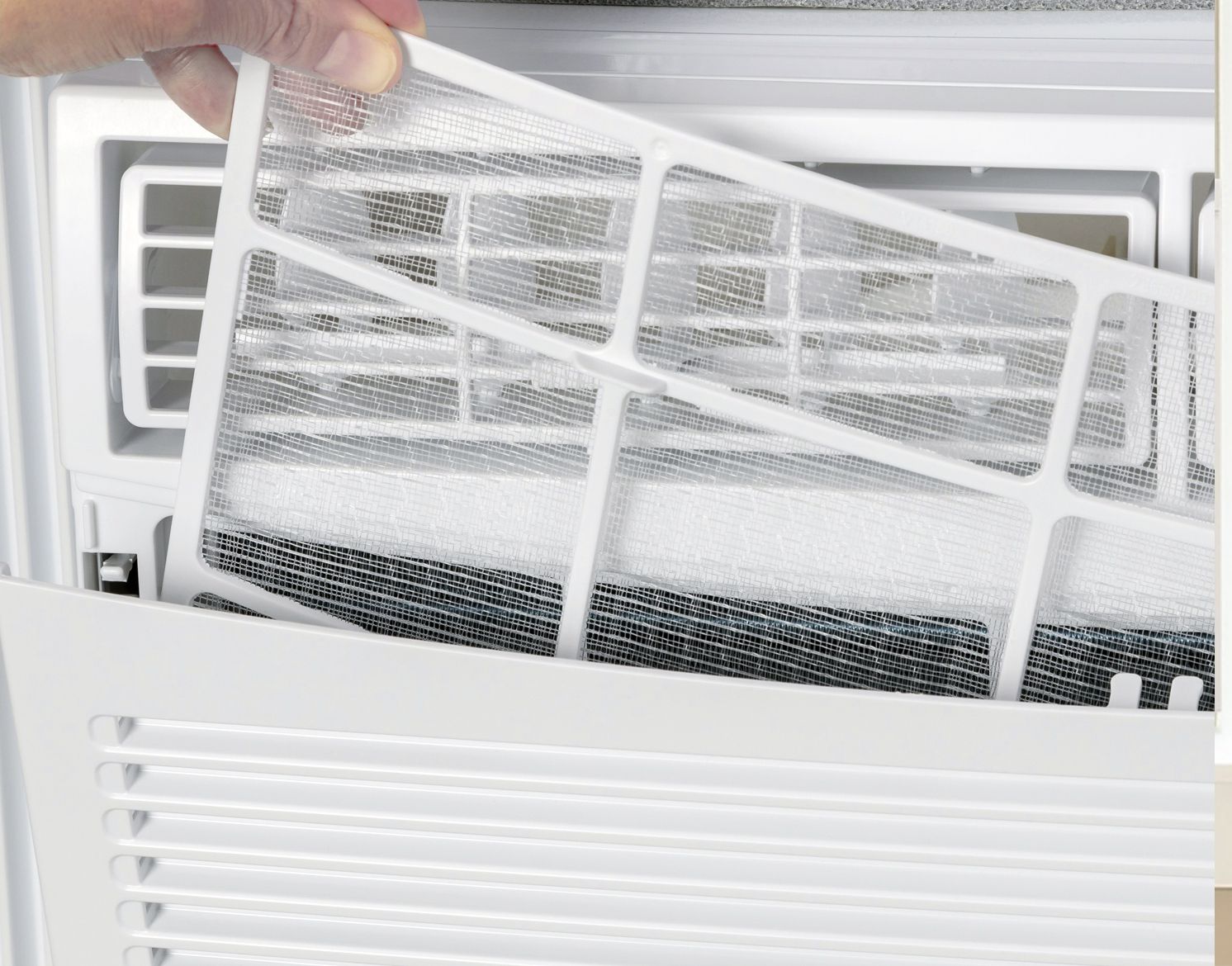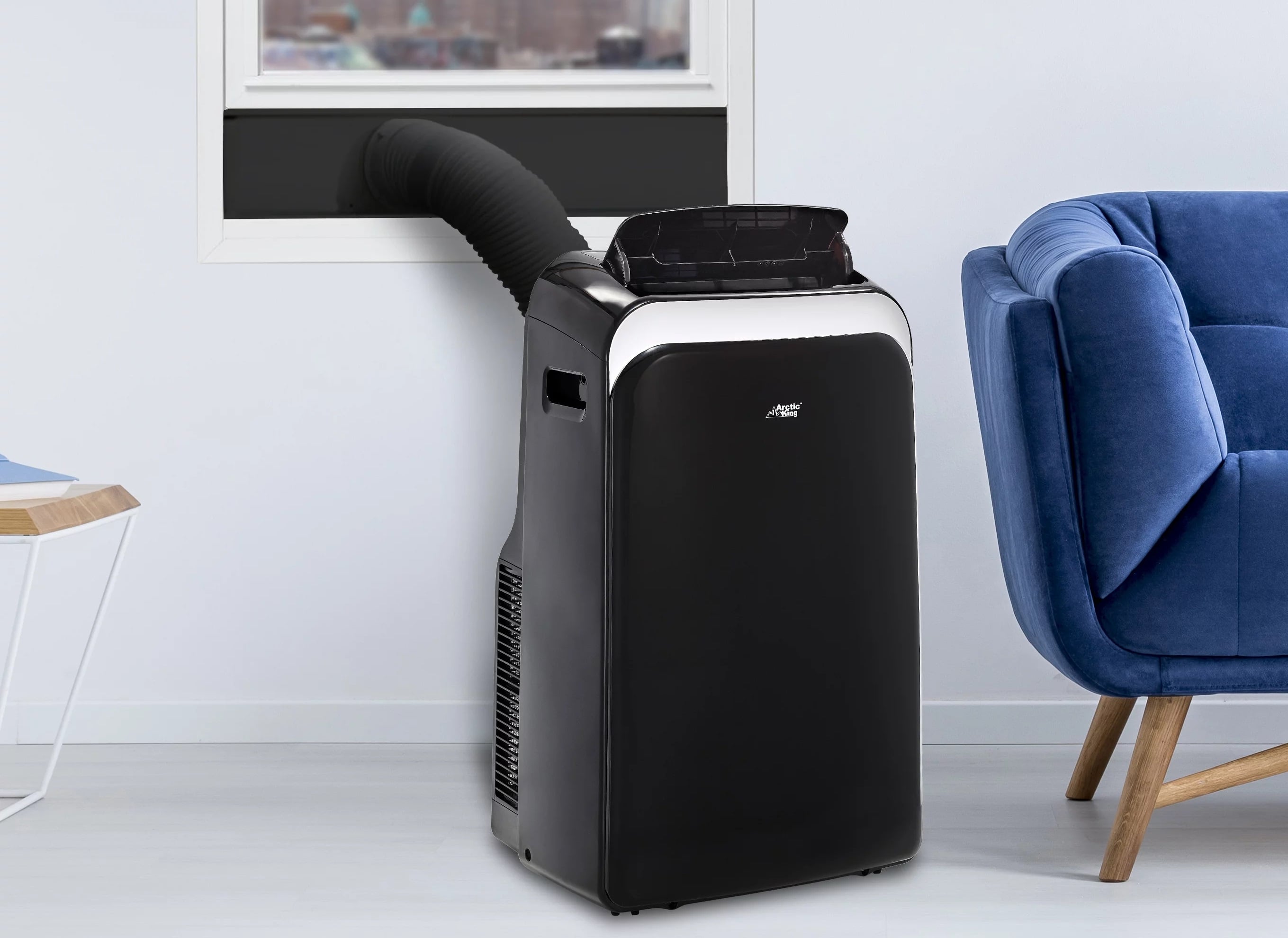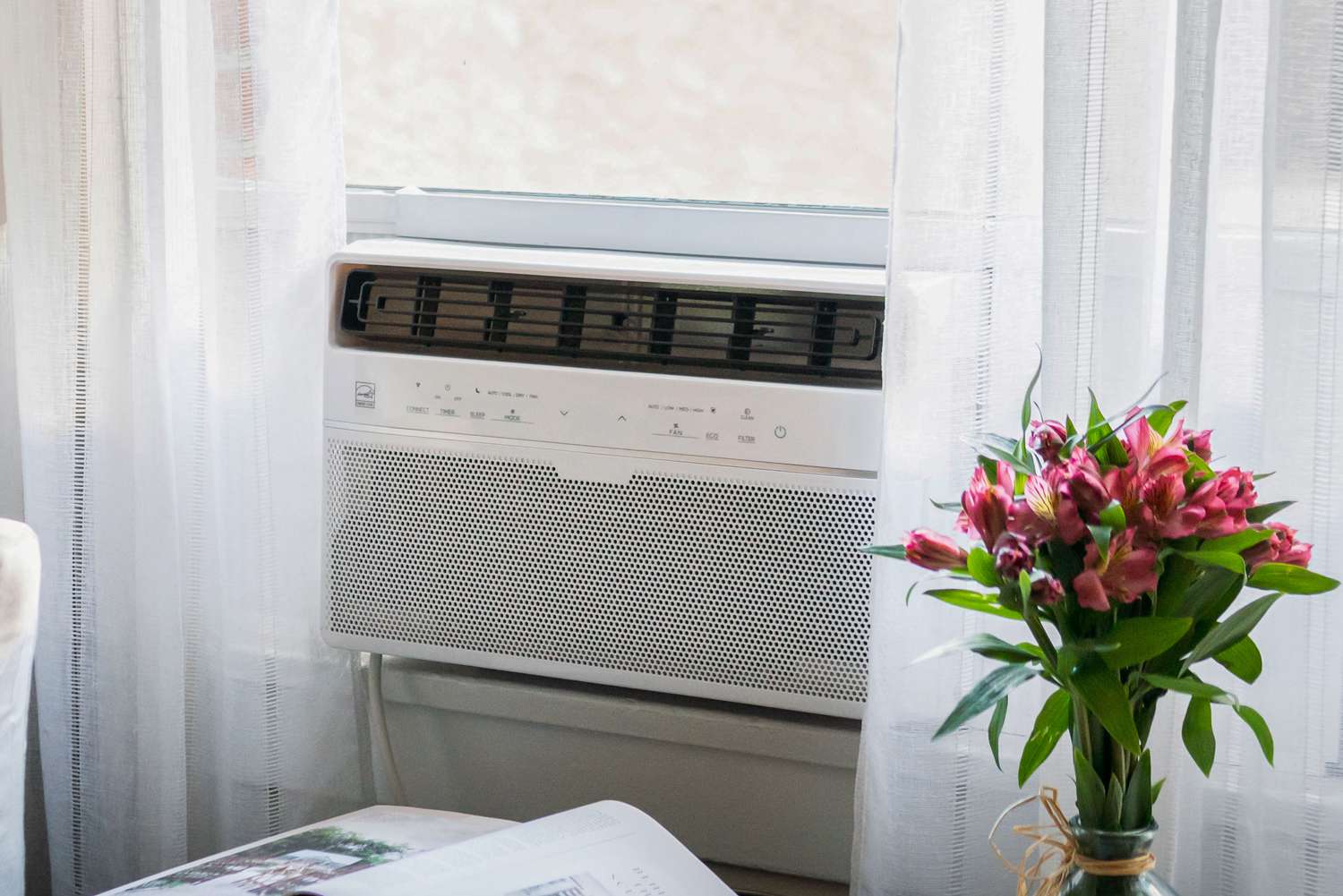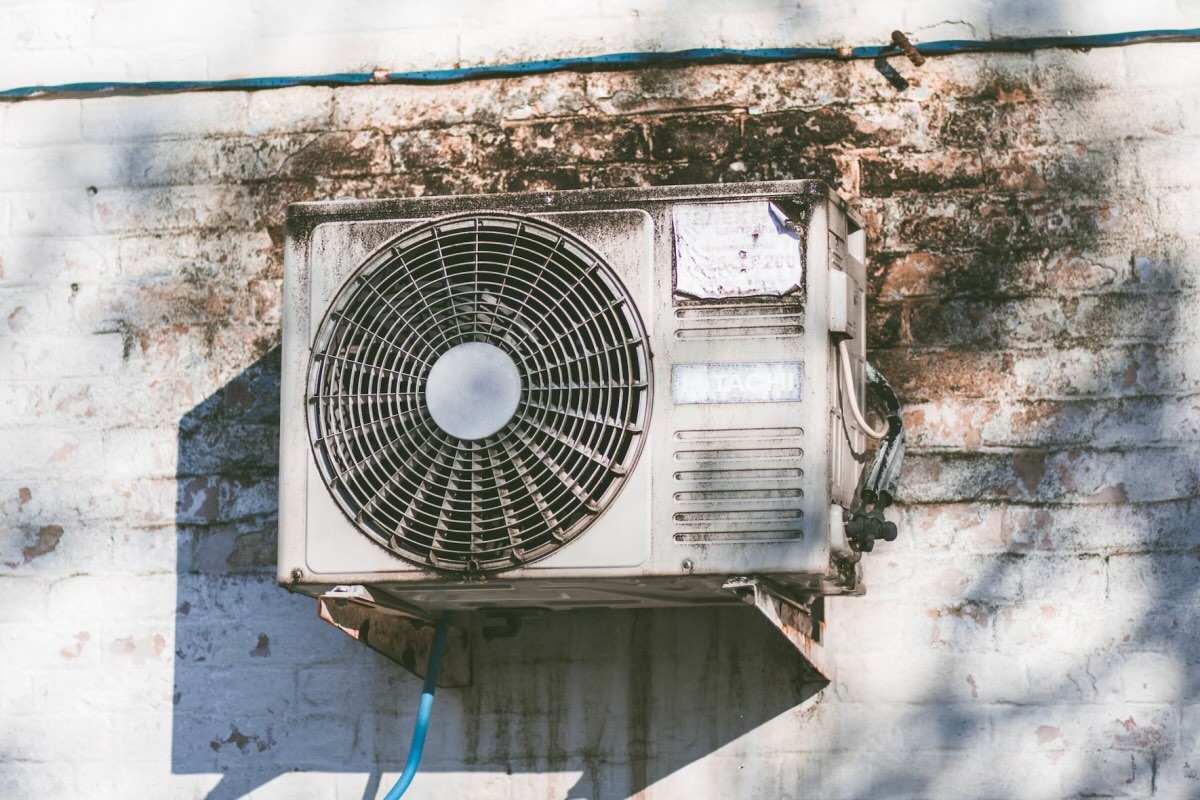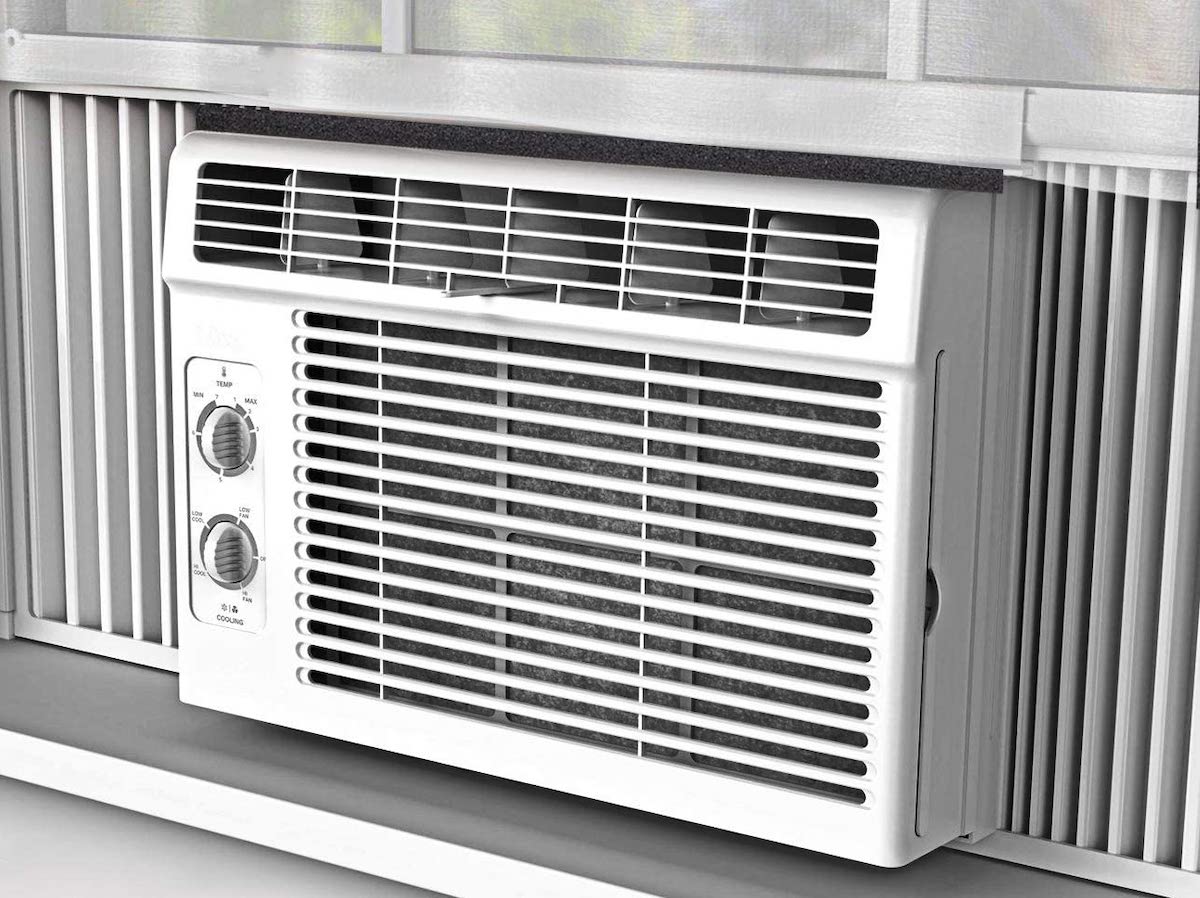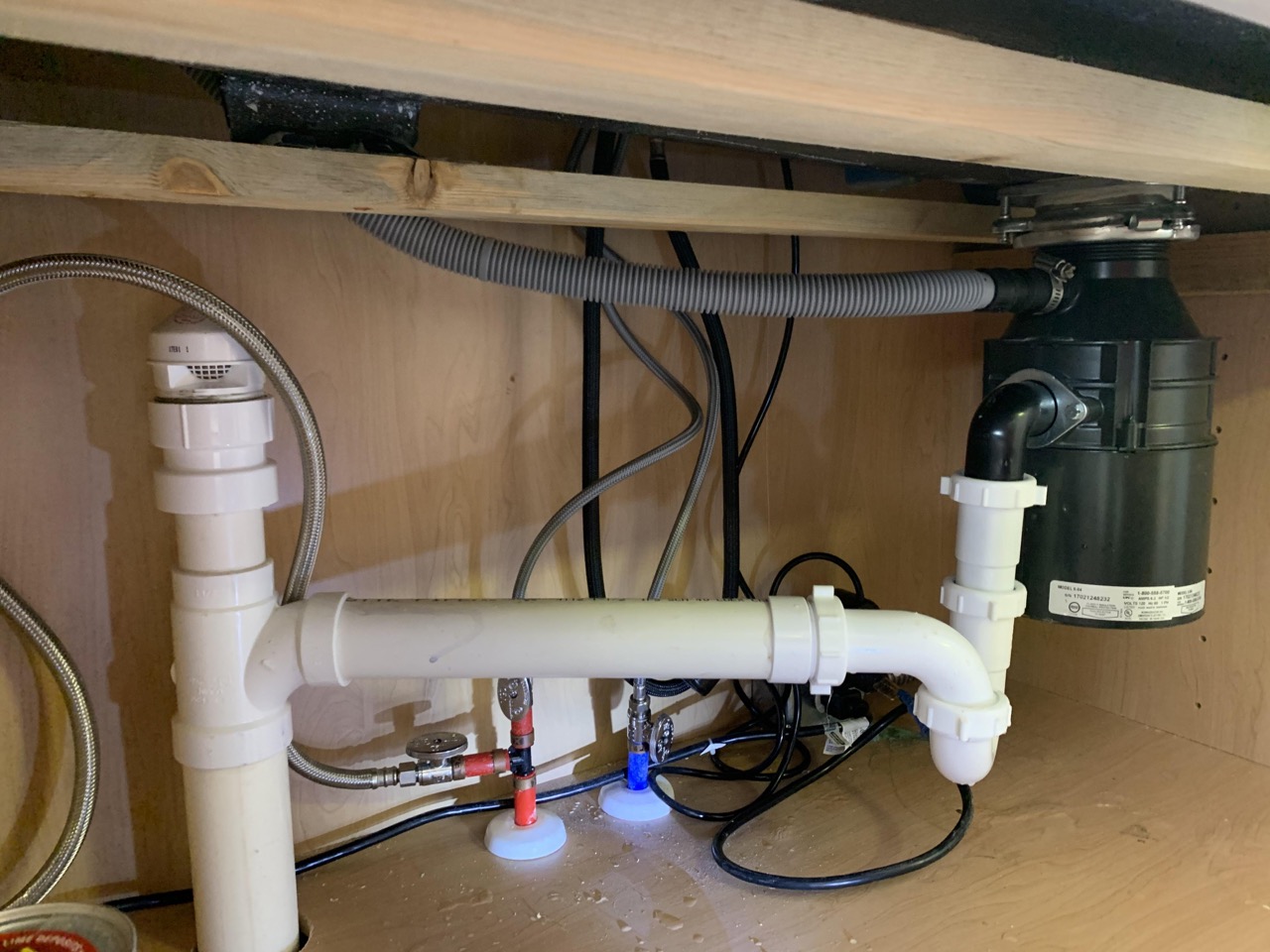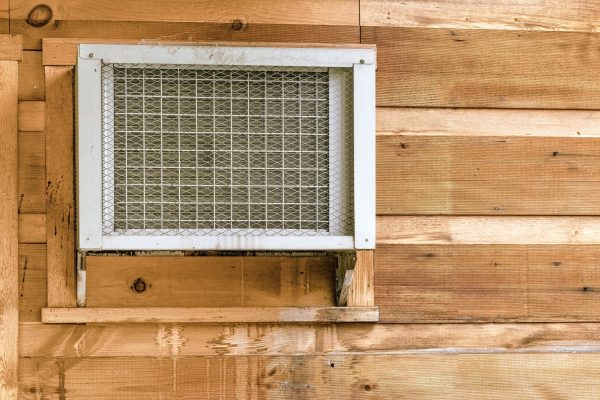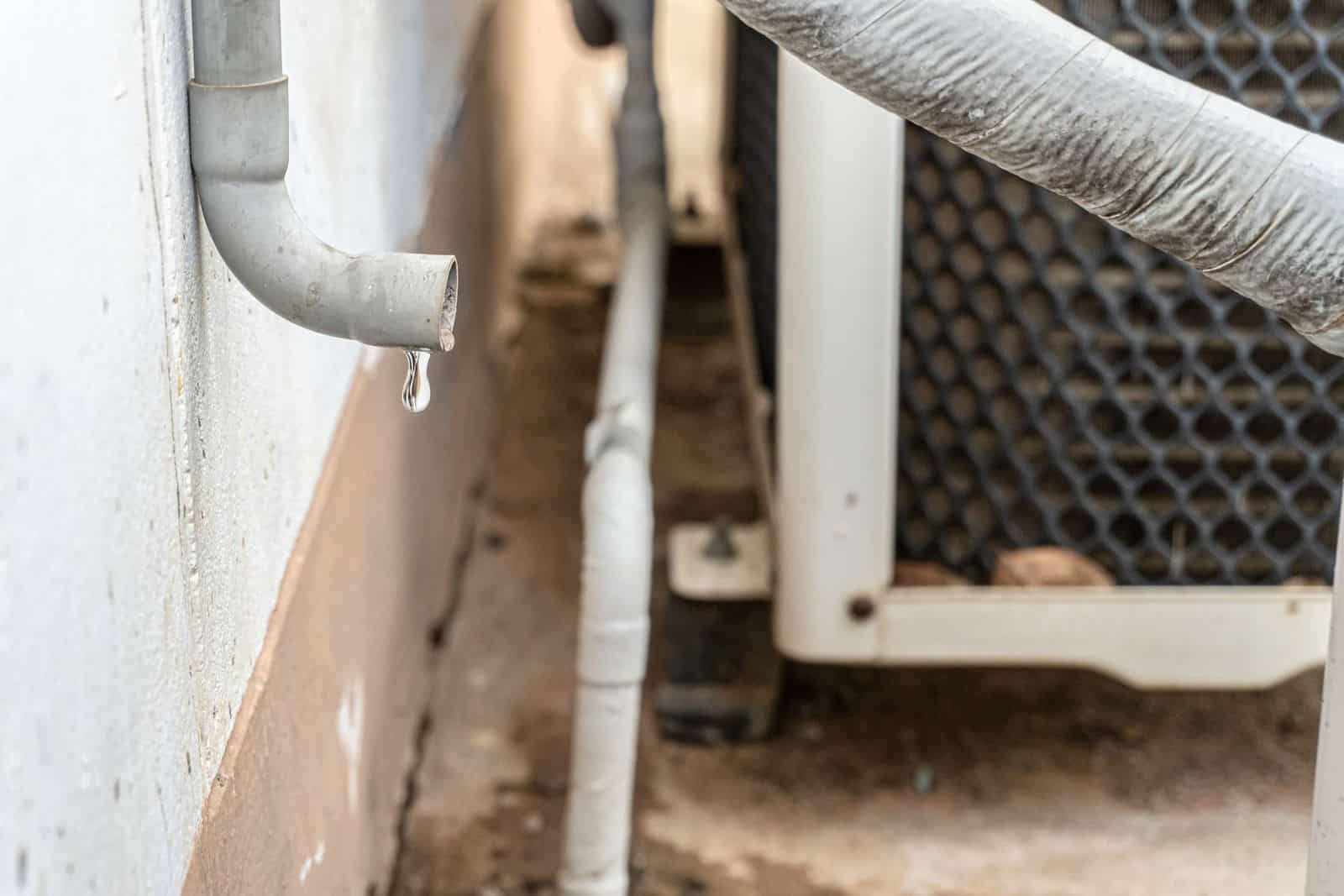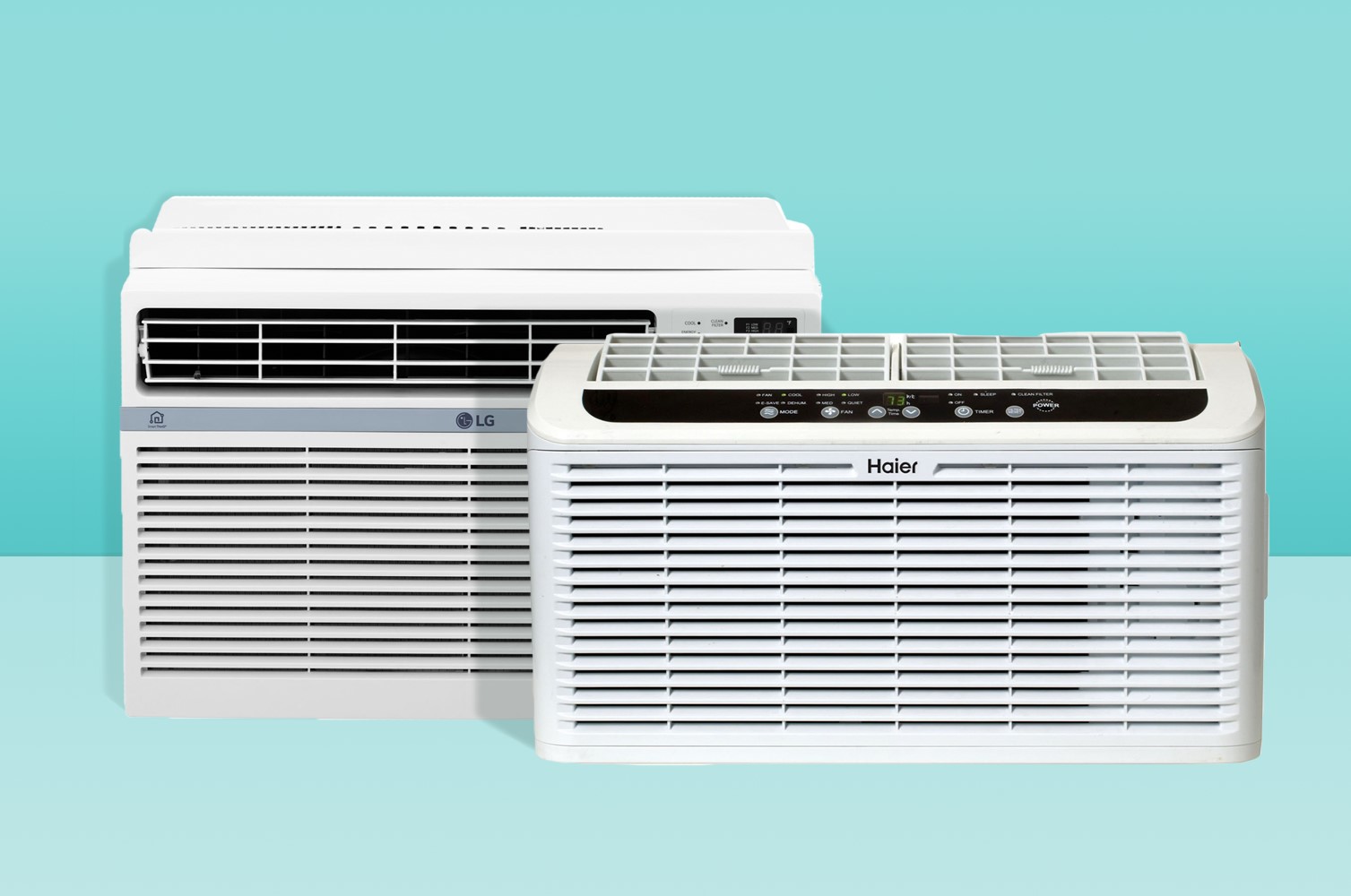Home>Home Maintenance>Where Is The Drain On A Window Air Conditioner
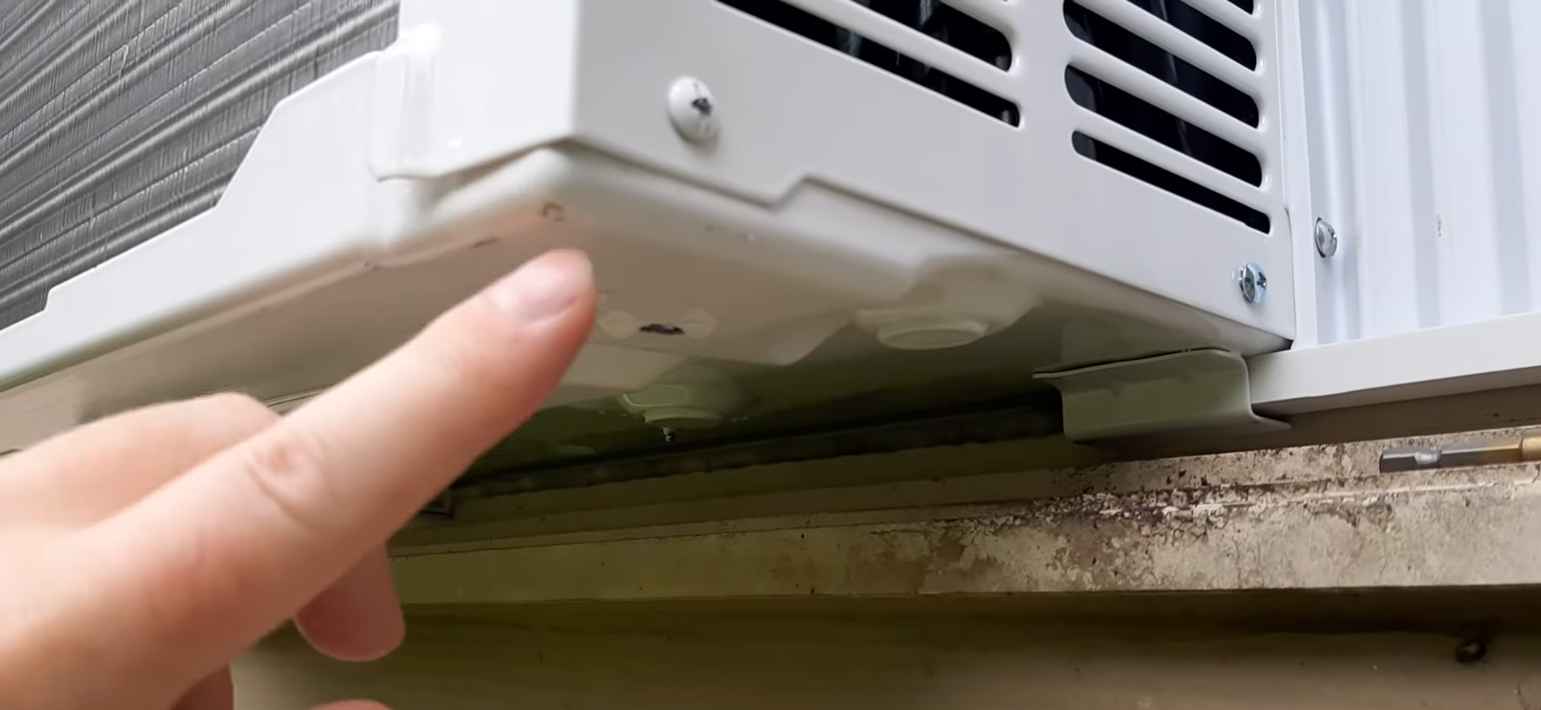

Home Maintenance
Where Is The Drain On A Window Air Conditioner
Modified: March 7, 2024
Looking for the drain on a window air conditioner? Learn more about home maintenance for your AC unit and find out where to locate the drain.
(Many of the links in this article redirect to a specific reviewed product. Your purchase of these products through affiliate links helps to generate commission for Storables.com, at no extra cost. Learn more)
Introduction
Welcome to the world of window air conditioners! These compact and versatile cooling devices are a popular choice for homeowners and renters alike. With their easy installation and ability to cool a specific room or space, they provide a convenient cooling solution for those hot summer days. However, to ensure optimal performance and prevent any issues, it’s important to understand how these units work and how to properly maintain them.
In this article, we will focus on one crucial aspect of window air conditioners – the drainage system. It plays a vital role in removing excess moisture and condensation that builds up during the cooling process. By understanding where the drain is located and how to maintain it, you can keep your window air conditioner running efficiently and avoid any potential problems down the line.
Whether you’re a new owner of a window air conditioner or simply curious about the drainage system of these units, this article will provide you with all the information you need. So, let’s dive in and explore the fascinating world of window air conditioner drainage!
Key Takeaways:
- Keep your window air conditioner running smoothly by understanding its drainage system. Regularly clean the condensate pan, inspect the drain line, and monitor its performance to prevent common drainage issues.
- Perform preventive maintenance on your window air conditioner to ensure optimal drainage. Clean or replace the air filter, insulate the drain line, and schedule professional maintenance to extend its lifespan.
Understanding Window Air Conditioners
Before delving into the drainage system of a window air conditioner, it’s essential to have a basic understanding of how these units work. Window air conditioners, also known as room air conditioners, are self-contained cooling systems designed to cool a single room or small area. They are typically installed in a window or a specially designed hole in a wall.
These units work by extracting heat from the indoor air and transferring it outside, leaving the room cool and comfortable. They consist of several components, including a compressor, condenser, evaporator, and fan.
The compressor is responsible for pressurizing the refrigerant, while the condenser dissipates heat to the outside environment. The evaporator, located on the indoor side, cools the air and removes moisture, resulting in the desired cooling effect. The fan helps circulate the cooled air throughout the room.
One important thing to note is that as the warm air passes over the evaporator coil, the moisture in the air condenses into water droplets. This is a natural byproduct of the cooling process and needs to be properly drained to prevent any issues.
Now that we have a basic understanding of how window air conditioners work, let’s take a closer look at the components involved in the drainage system and their functions.
Components of a Window Air Conditioner
A window air conditioner consists of various components that work together to provide efficient cooling. When it comes to the drainage system, there are a few key components involved:
- Evaporator Coil: The evaporator coil is responsible for cooling the air as it passes through the unit. As the warm air comes into contact with the cold evaporator coil, moisture in the air condenses into water droplets.
- Condensate Pan: Located beneath the evaporator coil, the condensate pan collects the water droplets created during the cooling process. It acts as a temporary storage container for the condensed water.
- Drain Line: Attached to the condensate pan, the drain line serves as an outlet for the collected water to flow out of the air conditioner. It ensures that the water is safely directed away from the unit and doesn’t accumulate inside.
- Drip Tray: In some window air conditioners, a drip tray is positioned below the condensate pan. Its purpose is to catch any water that may overflow from the condensate pan, preventing it from leaking into the room.
All these components work together to effectively remove excess moisture from the air and prevent it from causing any damage or discomfort. Now that we have a better understanding of the components involved, let’s move on to the next section where we explore the drainage system in more detail.
Exploring the Drainage System
The drainage system of a window air conditioner is crucial for removing the accumulated water and ensuring the unit functions properly. Let’s take a closer look at how the drainage system operates:
- Condensate Pan: As mentioned earlier, the condensate pan collects the water droplets that form on the evaporator coil. It is positioned beneath the coil and serves as a temporary storage container for the condensed water.
- Drain Line: Connected to the condensate pan, the drain line provides an outlet for water to flow out of the unit. It is typically a small tube that is directed towards the outside. The water travels through the drain line and is discharged outside the building.
- Drip Tray: Some window air conditioners also incorporate a drip tray positioned below the condensate pan. The drip tray serves as an additional safety measure, catching any water that may overflow from the pan. This prevents any leaks or water damage inside the room.
In a well-functioning window air conditioner, the condensed water will flow into the condensate pan and then drain through the drain line. It’s important to note that the drain line needs to be properly positioned and free of any obstructions to allow for smooth water flow.
Now that we have a good understanding of the drainage system components, let’s move on to the next section, where we will discuss how to locate the drain on a window air conditioner.
Locating the Drain on a Window Air Conditioner
Knowing the exact location of the drain on your window air conditioner is essential for proper maintenance and troubleshooting. While the specific placement may vary depending on the model and manufacturer, here are some common areas to look for:
- Bottom of the Unit: In many window air conditioners, the drain can be found at the bottom of the unit. It may appear as a small hole or opening that allows water to exit the condensate pan and flow out through the drain line. This is the most common location for the drain, so it’s a good place to start your search.
- Back of the Unit: In some models, the drain may be located at the back of the air conditioner. It may be positioned near the bottom or lower side of the back panel. Look for a small opening or a tube connected to the condensate pan, as this is where the water will drain out.
- Side of the Unit: Occasionally, the drain may be situated on either side of the window air conditioner. Look for a small hole or tube protruding from the side panel. This location ensures that the water is directed away from the unit and doesn’t cause any damage.
If you’re unable to locate the drain on your window air conditioner, it’s recommended to consult the manufacturer’s manual or contact their customer support for specific instructions. They will be able to provide you with accurate information tailored to your particular unit.
Now that you know where to find the drain, let’s move on to the next section, where we will discuss some common drainage issues and how to troubleshoot them.
The drain on a window air conditioner is typically located at the back of the unit, near the bottom. It may be a small hole or a removable plug. Make sure to check and clean the drain regularly to prevent water buildup and potential damage to the unit.
Read more: How To Recharge A Window Air Conditioner
Possible Drainage Issues
While the drainage system in a window air conditioner is designed to function smoothly, it can encounter some issues over time. Here are some common drainage problems you may encounter with your unit:
- Clogged Drain Line: One of the most common drainage issues is a clogged drain line. Over time, dirt, debris, and algae can accumulate in the line, obstructing the flow of water. This can result in water backup, leaks, or the inability of the unit to drain properly.
- Overflowing Condensate Pan: If the condensate pan becomes damaged or misaligned, it can cause an overflow of water. This can result in water leakage into the room, potentially causing damage to your flooring or belongings.
- Inadequate Slope: The drain line should be positioned with a slight slope to ensure proper water flow. If the line is not sloped correctly, water can accumulate and cause blockages or leaks.
- Frozen Drain Line: In some cases, the drain line can become frozen due to a lack of proper insulation or low refrigerant levels. This restricts the flow of water and can lead to drainage issues.
Identifying these drainage issues is important as they can impact the performance and longevity of your window air conditioner. Fortunately, most of these problems can be resolved with some simple troubleshooting steps.
In the next section, we will explore some troubleshooting techniques to help you address these drainage issues and keep your unit running smoothly.
Troubleshooting Drainage Problems
If you’re experiencing drainage problems with your window air conditioner, there are several troubleshooting steps you can take to address the issue:
- Clean the Drain Line: Start by cleaning the drain line to remove any debris or blockages. You can use a mixture of water and vinegar or a pipe cleaner to flush out the line. Gently insert the solution into the line and allow it to sit for a few minutes before flushing with water. This will help clear any clogs and restore proper water flow.
- Inspect the Condensate Pan: Check the condensate pan for any signs of damage or misalignment. If you notice any cracks or leaks, consider replacing the pan. If the pan is misaligned, adjust it to ensure the water flows into the drain line properly.
- Check the Slope of the Drain Line: Make sure the drain line is properly sloped to facilitate the flow of water. If it appears to be flat or sloping in the wrong direction, gently adjust it to improve the drainage.
- Inspect the Drain Line for Freezing: If your drain line is frozen, it’s important to defrost it. Turn off the air conditioner and allow it to thaw naturally. Once thawed, ensure proper insulation around the drain line to prevent future freezing.
These troubleshooting steps should help resolve common drainage problems with your window air conditioner. However, if the issue persists or if you’re unsure about performing these steps yourself, it’s recommended to seek professional assistance.
Now that you know how to troubleshoot drainage problems, let’s move on to the next section, where we will discuss preventive maintenance to keep your window air conditioner’s drainage system in top shape.
Preventive Maintenance for Drainage
Performing regular preventive maintenance on your window air conditioner can help keep the drainage system in optimal condition. Here are some key maintenance tasks to ensure smooth operation:
- Clean or Replace the Air Filter: The air filter in your window air conditioner plays a crucial role in maintaining good airflow. A clogged or dirty filter can restrict airflow and lead to condensation problems. Clean or replace the filter regularly to prevent clogs and maintain efficient cooling.
- Clean the Condensate Pan and Drain Line: Regularly check and clean the condensate pan and drain line to prevent clogs. Remove any accumulated debris or algae build-up that can hinder water flow.
- Ensure Proper Insulation: Insulate the drain line properly to prevent freezing and ensure that condensation occurs inside the unit, not outside. Use foam insulation or insulating tape to provide adequate protection.
- Monitor the Drainage Performance: Periodically observe the drainage performance of your window air conditioner. Ensure that water flows freely through the drain line without any leaks or blockages.
- Professional Maintenance: Consider scheduling professional maintenance for your window air conditioner at least once a year. A qualified technician can thoroughly inspect and clean the internal components, including the drainage system, ensuring optimal performance.
By following these preventive maintenance steps, you can significantly reduce the chances of encountering drainage issues with your window air conditioner. Regular maintenance will not only keep the unit running efficiently but also extend its lifespan.
As we conclude our discussion on preventive maintenance, let’s summarize the key points we’ve covered so far.
Conclusion
Having a solid understanding of the drainage system in your window air conditioner is essential for its proper functioning and longevity. By knowing where the drain is located and how to maintain it, you can prevent common drainage issues and ensure optimal performance.
In this article, we explored the components of a window air conditioner and how they contribute to the drainage system. We also discussed common drainage problems that may arise and provided troubleshooting techniques to address them. Additionally, we highlighted the importance of preventive maintenance to keep the drainage system in excellent condition.
Remember to regularly clean the condensate pan, inspect the drain line for clogs, and monitor the performance of your window air conditioner’s drainage system. By performing these simple maintenance tasks, you can avoid water leaks, freezing, and other drainage-related issues.
If you encounter persistent drainage problems or are unsure about performing any maintenance tasks yourself, it’s always best to consult a professional technician. They can provide expert guidance and ensure your window air conditioner is functioning efficiently.
By taking care of your window air conditioner’s drainage system, you can enjoy cool and comfortable indoor spaces for years to come. So, go ahead and maintain your unit to keep it running smoothly throughout the hot summer season!
Frequently Asked Questions about Where Is The Drain On A Window Air Conditioner
Was this page helpful?
At Storables.com, we guarantee accurate and reliable information. Our content, validated by Expert Board Contributors, is crafted following stringent Editorial Policies. We're committed to providing you with well-researched, expert-backed insights for all your informational needs.

